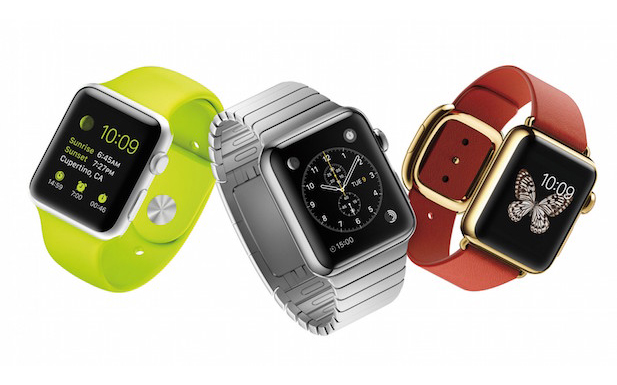Wearables could help the mobile payments sector, with Gartner predicting half of consumers will use smartphones or connected bands to pay for products by 2018.
Apple Pay was 2015’s most high-profile m-payment launch, in spite of numerous attempts by operators to get their own services off the ground.
However, the report said near-field communication technology, which is used by Apple as well as Samsung and Google on their own payment products, will have limited adoption in the short to mid-term, thanks to the lack of partnerships between retailers and financial companies.
Gartner added consumers see little value in the technology. Annette Jump, Research Director at Gartner, said: “Any mobile payment wallets that are tied to the device will have limited adoption and only if the device has a huge installed base.
“Instead, cloud-based solutions will have a better chance to succeed as they can reach a wider audience and can support many use cases beyond face-to-face or in-store options. Also, mobile payment and mobile wallet adoption requires a country-by-country rollout plan with an enabled payment infrastructure and agreement with major banks and retailers.”
The research said there needs to be greater levels of creativity when it comes to the three kinds of mobile payments available. Currently consumers can use smartphones or wearable products, wallets from financial companies, or branded wallets from companies such as Starbucks.
Amanda Sabia, Principal Research Analyst at Gartner, said: “Innovation in apps, mobile devices and mobile services are impacting traditional business models, particularly in the way people use personal technology for productivity and pleasure.
“Product managers must understand who their customers are for these new devices and services, and how the products are being used. Knowing your customer is imperative in order to capture a fair share of spending opportunities in this dynamic marketplace.”



